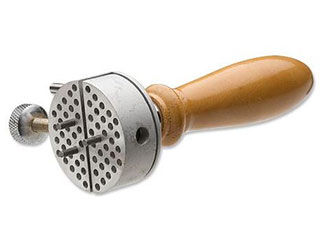Peg Leg™ - Wire-Wrapping Jig
Create small wirework components using the hand-held Peg Leg wire-wrapping tool. Follow these written instructions to set up and use this handy tool.


